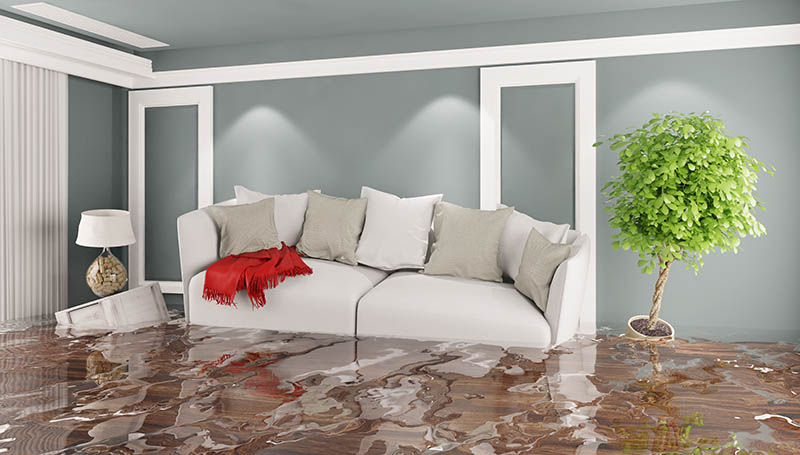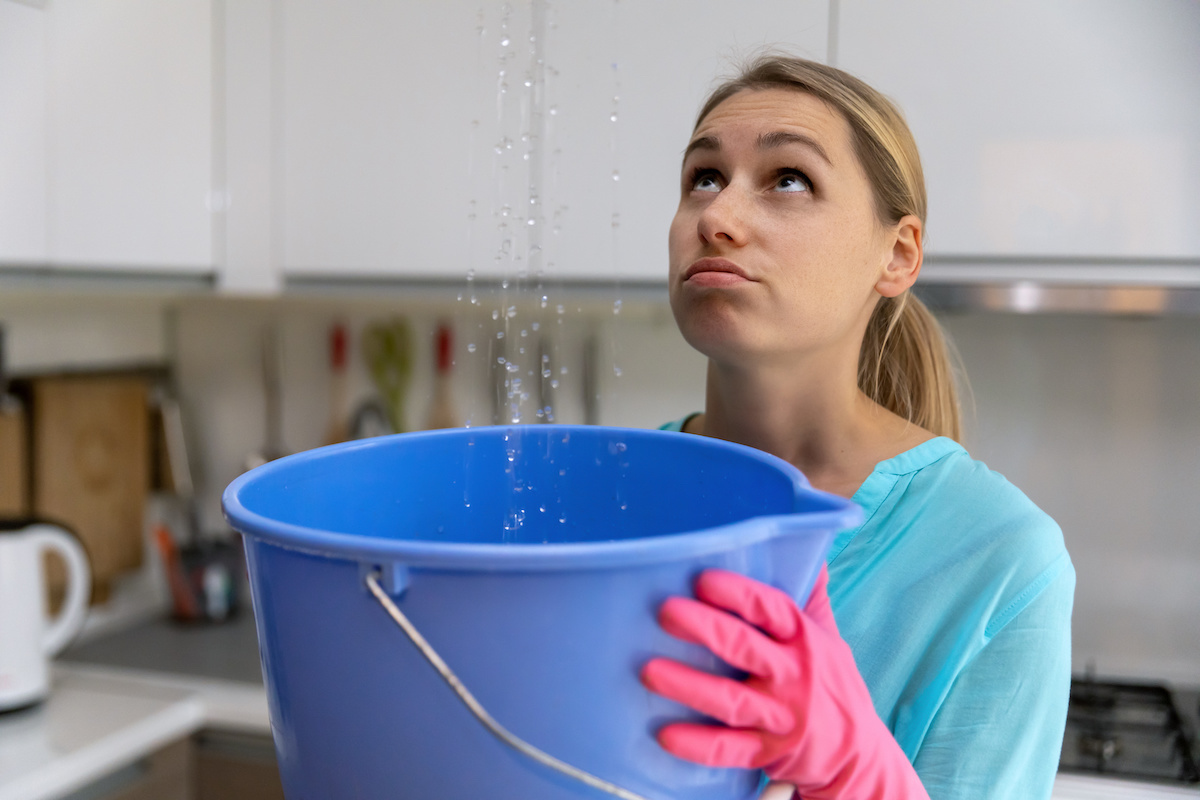Find Out the Key Factors Behind Water Drips Within Your House
Find Out the Key Factors Behind Water Drips Within Your House
Blog Article
The content listed below on the subject of How Fast Water Damage Can Ruin Your Home is exceedingly enlightening. Have a go and make your own personal ideas.

Leaks not only create waste of water yet can likewise trigger unnecessary damages to your residence and advertise undesirable natural growth. Unfortunately, water leakages might go undetected considering that the majority of the pipework in our house is concealed. By understanding and looking for day-to-day scenarios that trigger leakages, you can secure your house from future leakages and also unneeded damages. Today, we will consider 6 leakage creates that may be causing your pipes to trickle.
Trespassing roots
Most water leaks start outside the home instead than inside it. You could see wet patches or sinkholes in your lawn, and also that may suggest that tree roots are getting into water lines triggering water to permeate out.
Rusty water systems
This might be the cause of discoloration or bending on your water pipelines. If our plumbing system is old, take into consideration changing the pipelines given that they are at a greater threat of deterioration than the more recent versions.
Malfunctioning Pipeline Joints
The factor at which your pipes connect is frequently the weakest link in the waterline. Pipeline joints can weaken gradually, resulting in water leaks. The majority of pipeline joints are not easily visible. If you have noisy pipelines that make ticking or banging noises, specifically when the hot water is turned on, your pipeline joints are probably under a great deal of pressure. It is a good idea to have your plumber evaluate your system annually.
Instant temperature level adjustments.
Severe temperature adjustments in our pipelines can cause them to increase as well as contract all of a sudden. This development and tightening might cause splits in the pipes, specifically if the temperature are below freezing. If you kept an eye on exactly how your plumbing functions, it would be best. The existence of the formerly mentioned situations regularly shows a high risk.
Poor Water Connectors
At times, a leakage can be created by loose pipes and pipes that provide your appliances. In situation of a water links leakage, you may discover water running straight from the supply line or pools around your appliances.
Blocked Drains
Blocked drains pipes could be bothersome and also inconveniencing, yet they can sometimes end up causing an overflow resulting in rupture pipelines. Maintain eliminating any type of products that might decrease your drains pipes that might block them to avoid such inconveniences.
All the above are causes of leaks yet not all water leaks arise from plumbing leaks; some leakages could originate from roofing system leaks. All leaks must be fixed instantly to prevent water damage.
Leakages not just trigger waste of water however can also cause unneeded damage to your home and also advertise unwanted natural development. By comprehending and looking for everyday scenarios that cause leakages, you can secure your home from future leakages and unneeded damage. Today, we will certainly look at 6 leak creates that may be creating your pipes to trickle.
At times, a leakage can be caused by loose tubes and pipes that provide your devices. In case of a water connections leakage, you might notice water running directly from the supply line or puddles around your devices.
How To Check For Water Leak In Your Home
How To Check for Leaks
The average household's leaks can account for nearly 10,000 gallons of water wasted every year and ten percent of homes have leaks that waste 90 gallons or more per day. Common types of leaks found in the home are worn toilet flappers, dripping faucets, and other leaking valves. These types of leaks are often easy to fix, requiring only a few tools and hardware that can pay for themselves in water savings. Fixing easily corrected household water leaks can save homeowners about 10 percent on their water bills.
To check for leaks in your home, you first need to determine whether you're wasting water and then identify the source of the leak. Here are some tips for finding leaks:
Take a look at your water usage during a colder month, such as January or February. If a family of four exceeds 12,000 gallons per month, there are serious leaks.
Check your water meter before and after a two-hour period when no water is being used. If the meter changes at all, you probably have a leak.
Identify toilet leaks by placing a drop of food coloring in the toilet tank. If any color shows up in the bowl after 10 minutes, you have a leak. (Be sure to flush immediately after the experiment to avoid staining the tank.)
Examine faucet gaskets and pipe fittings for any water on the outside of the pipe to check for surface leaks.
Undetected water leaks can happen without the home or business owner even realizing. If you suspect a water leak, but not able to find the source. It is time to contact a professional water leak detection service, The Leak Doctor.
How To Find a Water Leak In Your Home
https://www.leakdoctor.com/blog/How-To-Check-For-Water-Leak-In-Your-Home_AE197.html

I ran across that write up on How to detect water leaks in your home when surfing around the search engines. Sharing is nice. One never knows, you may be doing someone a favor. I truly appreciate reading our article about How to detect water leaks in your home.
Overflow? Seek assistance. Report this page